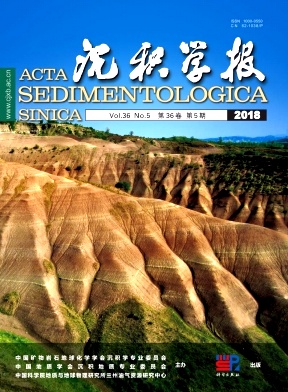Geochemical Evidence for the Provenance of Loess Deposits in the Eastern Tibetan Plateau
doi: 10.14027/j.issn.1000-0550.2018.065
- Received Date: 2017-05-23
- Rev Recd Date: 2017-10-16
- Publish Date: 2018-10-10
-
Key words:
- Tibetan Plateau /
- provenance of loess /
- element geochemistry
Abstract: Typical loess deposits are widely distributed in the eastern Tibetan Plateau(ETP), which are sensitive to environmental change of the Plateau region. The geochemical analyses of the surface soil, loess, paleosol samples in the ETP, show that major elements of the loess are mainly SiO2, Al2O3, Fe2O3 and CaO, and the contents of the SiO2 and CaO in loess vary largely. The contents of the Rb, Sr, Ba, Zr, V account mainly for the trace elemental composition of all samples, which have different characters among the surface soil, loess, paleosol. In comparison of major and trace elements of the loess with the ETP, the Chinese Loess Plateau(CLP) and the Hexi Corridor, the ratios between the major elemental oxides(SiO2/Al2O3, TiO2/Al2O3), the element ratios(Zr/Al, Zr/Ti), and the major elemental ternary(Ca-Mg-K, Ca-Mg-Na) show that the ETP loess are distinctly different from other regions. While ETP loess and top soil, fluvial sand, aeolian sand samples have no obvious difference. These results may indicates that the loess in the ETP has different source region against with the loess in the CLP and the Hexi corridor. We infer that the interior dry land, river drainage basin and active glacials in the Tibetan Plateau may provide the most silt materials for the loess deposit in the ETP.
| Citation: | LIANG MinHao, YANG ShengLi, CHENG Ting, LI Shuai, LIU NanNan, CHEN Hui. Geochemical Evidence for the Provenance of Loess Deposits in the Eastern Tibetan Plateau[J]. Acta Sedimentologica Sinica, 2018, 36(5): 927-936. doi: 10.14027/j.issn.1000-0550.2018.065 |






 DownLoad:
DownLoad: